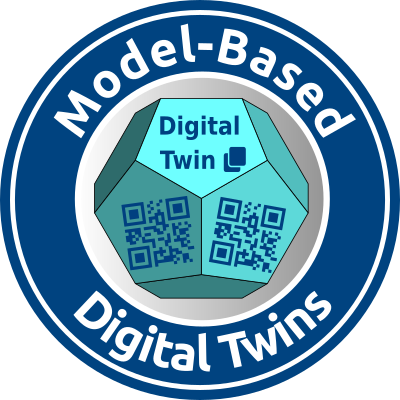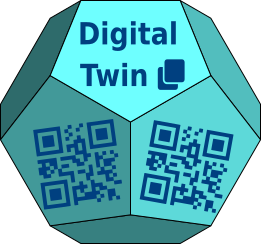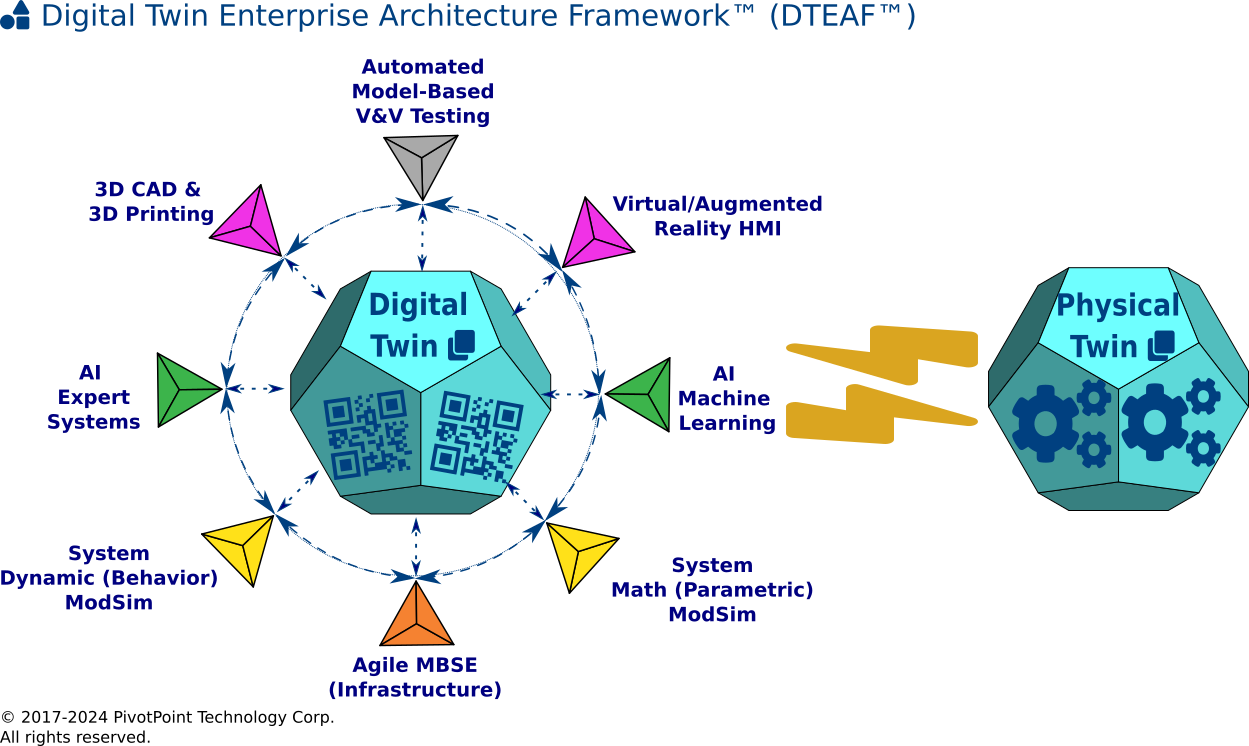DT FAQ: What are the goals of Digital Twins (Digital Engineering)?
What are the practical goals of Digital Twins?
FAQ Variant(s): What practical problems can be solved by Digital Twins (Digital Engineering)?
As software-intensive Systems-of-Systems exponentially increase in size and complexity, engineering disciplines must evolve in parallel to ensure that these systems-of-systems are safe, economical, and reliable. (Compare and contrast Lockheed-Martin F-35 project problems and Boeing 737 MAX MCAS project problems.) Consequently, the goals of Digital Engineering include, but are not limited to:
- specification of scalable System-of-System Architecture Models (SSAM) that can be extended, modified, and maintained in a cost-effective manner over the System Development Life Cycle (SDLC);
- automated of bi-directional traceability of System Function and Non-Functional Requirements from Requirements Specifications to Software/Hardware/Mechanical implementation components on the “Left-Hand Side of the System V-Model”;
- automated generation of error-free software code from System Software Design models;
- automated generation of Systems Integration & Testing (SI&T) specifications (including “black-box” and “white-box” Unit, Integration & System Test Cases) from System Design on the “Right-Hand Side of the System V-Model”;
- automated manufacture of parts and assemblies from 3D CAD System Design models; and
- massive simulation and automated testing of Digital Twins prior to product rollout to prevent costly stopgap kludge fixes (“patches”; e.g., 737 MAX MCAS software patches) and product recalls.
DIGITAL TWIN WORKS, DIGITAL TWIN ENTERPRISE ARCHITECTURE FRAMEWORK, DTEAF, AGILE MODEL-BASED SYSTEMS ENGINEERING, AGILE MBSE, and AGILE MBSE 6D EAF are trademarks of PivotPoint Technology Corporation. All other product and service names mentioned are the trademarks of their respective companies.



